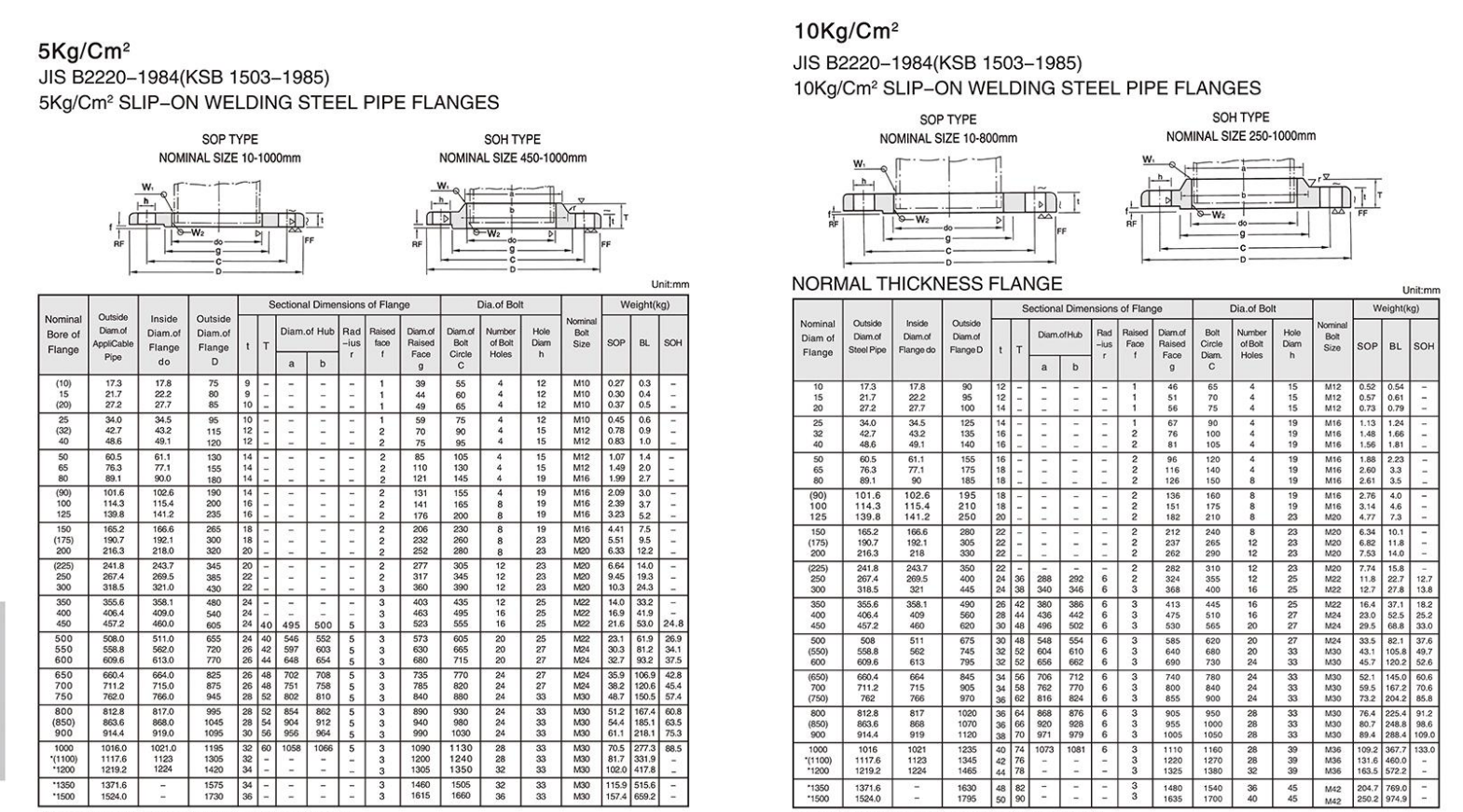-
Cangzhou Yulong Steel Co., Ltd.
-
Phone:
+86 13303177267 -
Email:
admin@ylsteelfittings.com
- English
- Arabic
- Italian
- Spanish
- Portuguese
- German
- kazakh
- Persian
- Greek
- French
- Russian
- Polish
- Thai
- Indonesian
- Vietnamese
- Zulu
- Korean
- Uzbek
- Hindi
- Serbian
- Malay
- Ukrainian
- Gujarati
- Haitian Creole
- hausa
- hawaiian
- Hebrew
- Miao
- Hungarian
- Icelandic
- igbo
- irish
- Japanese
- Javanese
- Kannada
- Khmer
- Rwandese
- Afrikaans
- Albanian
- Amharic
- Armenian
- Azerbaijani
- Basque
- Belarusian
- Bengali
- Bosnian
- Bulgarian
- Catalan
- Cebuano
- China
- China (Taiwan)
- Corsican
- Croatian
- Czech
- Danish
- Esperanto
- Estonian
- Finnish
- Frisian
- Galician
- Georgian
- Kurdish
- Kyrgyz
- Lao
- Latin
- Latvian
- Lithuanian
- Luxembourgish
- Macedonian
- Malgashi
- Malayalam
- Maltese
- Maori
- Marathi
- Mongolian
- Myanmar
- Nepali
- Norwegian
- Norwegian
- Occitan
- Pashto
- Dutch
- Punjabi
- Romanian
- Samoan
- Scottish Gaelic
- Sesotho
- Shona
- Sindhi
- Sinhala
- Slovak
- Slovenian
- Somali
- Sundanese
- Swahili
- Swedish
- Tagalog
- Tajik
- Tamil
- Tatar
- Telugu
- Turkish
- Turkmen
- Urdu
- Uighur
- Welsh
- Bantu
- Yiddish
- Yoruba

ធ្នូ . 29, 2024 22:31 Back to list
ansi b16 5 class 150 flange
Understanding ANSI B16.5 Class 150 Flanges
Flanges are crucial components in various piping systems, allowing for the easy connection, disconnection, and maintenance of piping elements. Among the numerous flange standards, ANSI B16.5 Class 150 flanges are widely utilized across industrial applications. This article delves into the specifications, applications, and advantages of these flanges, providing a comprehensive overview for engineers and procurement professionals.
What is ANSI B16.5?
ANSI B16.5 is a standard developed by the American National Standards Institute (ANSI) that specifies the dimensions, tolerances, materials, and markings for pipe flanges and flanged fittings. It covers flanges with nominal pipe sizes ranging from 1/2-inch to 24 inches in diameter. The Class designation refers to the pressure-temperature rating of the flange, indicating its ability to handle specific pressure and temperature conditions.
Class 150 Flanges Explained
Class 150 is one of the pressure ratings categorized under ANSI B16.5, which means that these flanges are designed to operate within a certain pressure threshold at a given temperature. Specifically, Class 150 flanges can typically handle pressures of up to 285 psi at a temperature of 100°F. As temperatures increase, the allowable pressure decreases, highlighting the importance of considering service conditions when selecting flanges.
Materials Used
ANSI B16.5 Class 150 flanges are constructed from various materials, tailored to the requirements of the application. Common materials include
1. Carbon Steel Offers strength and durability, making it suitable for a variety of general-purpose applications. 2. Stainless Steel Provides excellent corrosion resistance, ideal for environments that involve moisture or chemicals. 3. Alloys and Special Materials These flanges can be produced from materials like Inconel or Hastelloy for use in highly corrosive or high-temperature applications.
The choice of material significantly impacts the flange's performance and longevity, emphasizing the importance of selecting the right type based on the specific operational environment.
Design Features
ansi b16 5 class 150 flange

ANSI B16.5 Class 150 flanges typically feature a raised face (RF) design, which enhances the sealing surface and minimizes the risk of leaks. The flanges consist of a series of bolt holes along the flange face, ensuring that they can be securely fastened to the corresponding piping or equipment. The bolt hole pattern is standardized, enabling compatibility with various fittings and valves.
The gasket seating surface is also a critical component, as it determines the effectiveness of the seal. Proper gaskets, such as spiral wound or graphite-based gaskets, are often used in conjunction with Class 150 flanges to ensure optimal sealing performance.
Applications
Due to their versatility, ANSI B16.5 Class 150 flanges are widely found in numerous industries, including
1. Oil and Gas Used in pipelines and processing facilities to transport crude oil, natural gas, and refined products. 2. Water and Wastewater Employed in water treatment plants and sewage systems for efficient fluid transport. 3. Chemical Processing Used in chemical plants to connect various equipment, ensuring safe and reliable operations.
Their adaptability makes Class 150 flanges a common choice in many sectors, underscoring their significance in industrial piping systems.
Advantages
The choice of ANSI B16.5 Class 150 flanges offers several advantages
- Ease of Installation With standardized dimensions, Class 150 flanges are easy to install and replace, reducing downtime during maintenance. - Cost-Effective The widespread availability of Class 150 flanges translates to competitive pricing, making them an economical choice for engineers and project managers. - Reliable Performance When paired with suitable gaskets and bolting techniques, these flanges provide a robust and leak-proof connection.
Conclusion
In summary, ANSI B16.5 Class 150 flanges play an integral role in the functionality and safety of piping systems across various industries. Understanding their specifications, materials, and applications is essential for ensuring that the right flange is selected for any given project. By taking into account factors such as pressure, temperature, and the operational environment, professionals can make informed decisions that enhance the performance and reliability of their systems. Whether in oil and gas, chemical processing, or other sectors, ANSI B16.5 Class 150 flanges remain a cornerstone of modern industrial engineering.
Latest news
-
ANSI 150P SS304 SO FLANGE
NewsFeb.14,2025
-
ASTM A333GR6 STEEL PIPE
NewsJan.20,2025
-
ANSI B16.5 WELDING NECK FLANGE
NewsJan.15,2026
-
ANSI B16.5 SLIP-ON FLANGE
NewsApr.19,2024
-
SABS 1123 FLANGE
NewsJan.15,2025
-
DIN86044 PLATE FLANGE
NewsApr.19,2024
-
DIN2527 BLIND FLANGE
NewsApr.12,2024
-
JIS B2311 Butt-Welding Fittings LR/SR 45°/90° /180°Seamless/Weld
NewsApr.23,2024











